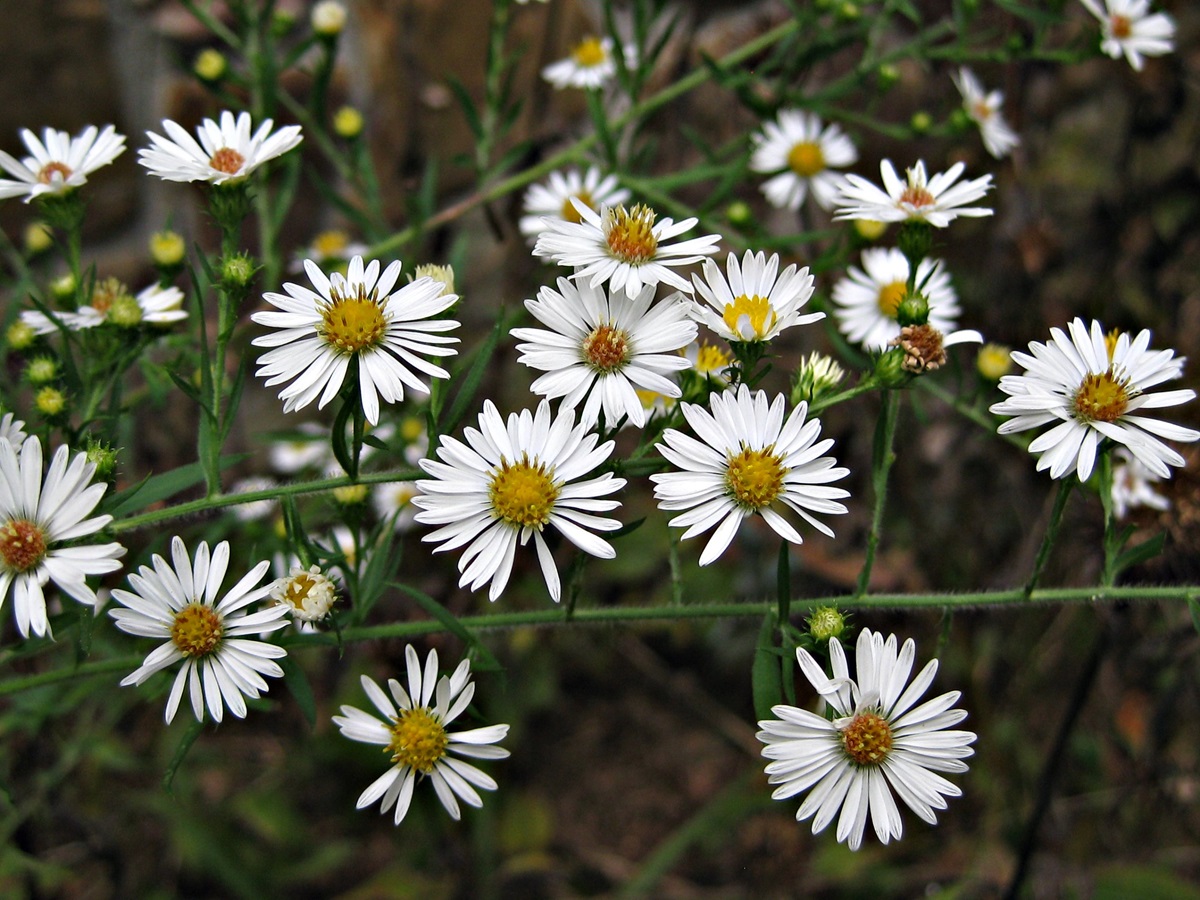New paper shows Virginia Piedmont grasslands are one of the most species-rich habitats in the United States

The Floristics of Virginia’s Northern and Central Piedmont grasslands found 6 study sites where 100 m sq plots contained 100 or more different plant species. That’s more than has been documented in the Virginia mountains or coast and is among the highest richness recorded in the United States! A 100 m sq plot is roughly the size of a 1,000 square foot house. That’s a ton of plant species in a really small area!
Piedmont grasslands and savannas, once widespread, are now mostly gone. Those that remain are either semi-natural communities maintained by mowing or grazing (powerline rights-of-way, roadsides, old fields) or on a small number of public and private areas managed with a mix of prescribed fire and/or mowing. Interest in Piedmont grasslands and savannas is growing, however, and efforts to restore and protect these ecosystems continue to grow. Grasslands and savannas aren’t just in trouble in the Piedmont. Grassland and savanna indicators continue to be the most off-track for the SECAS goal. To learn more about recent trends in Southeast ecosystems, check out the 2024 update to the SECAS goal report.